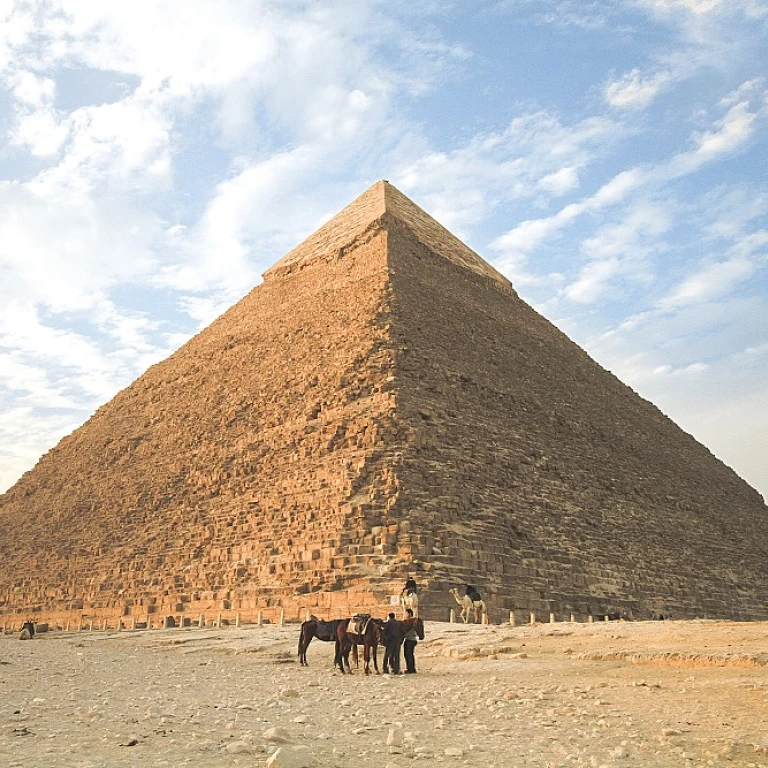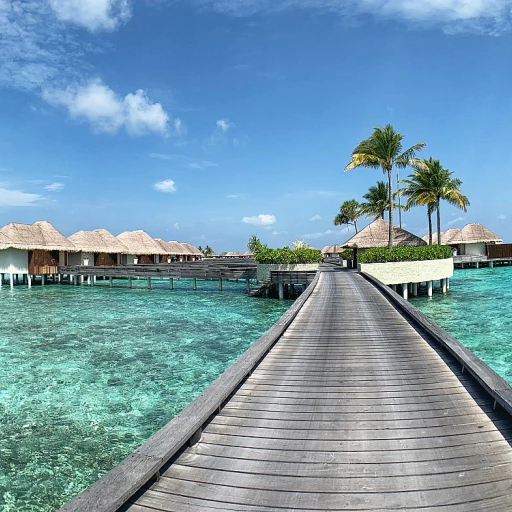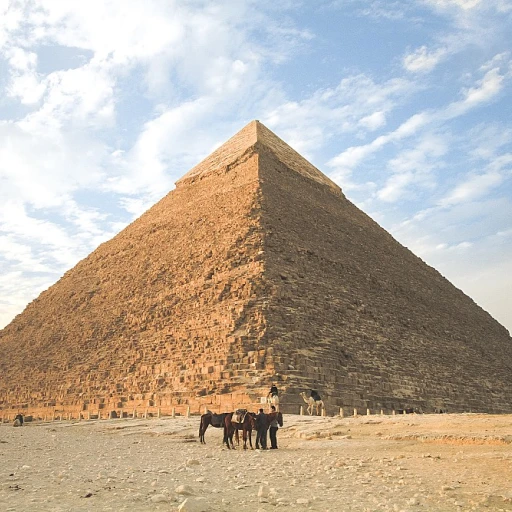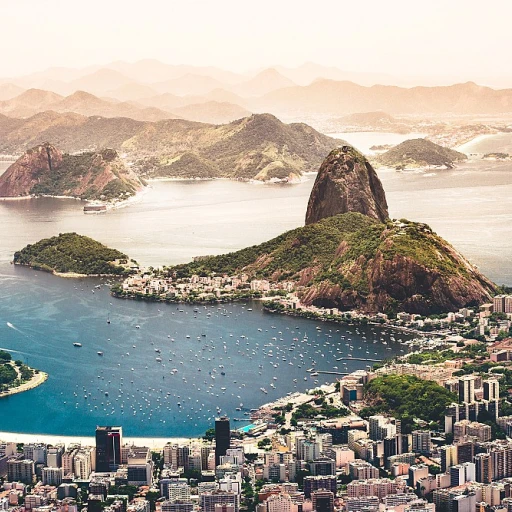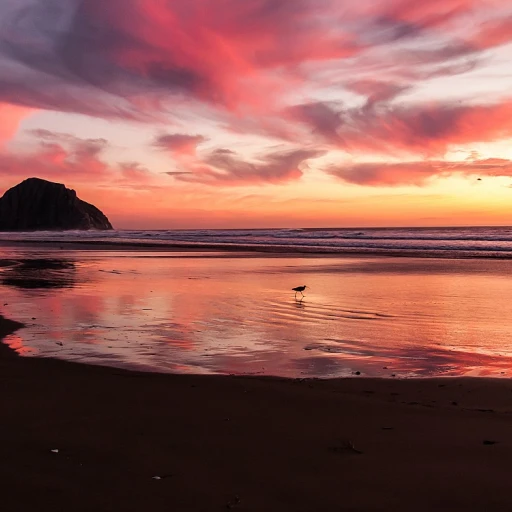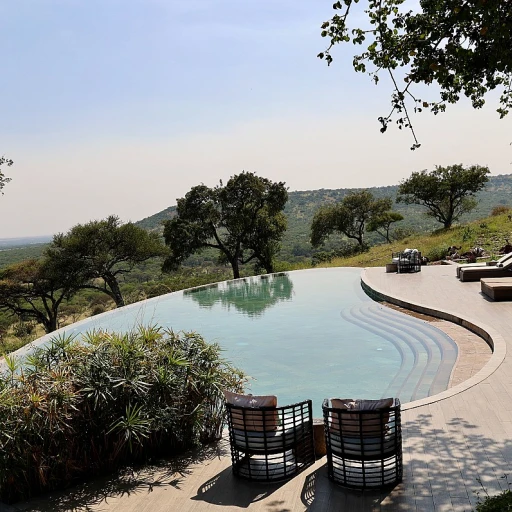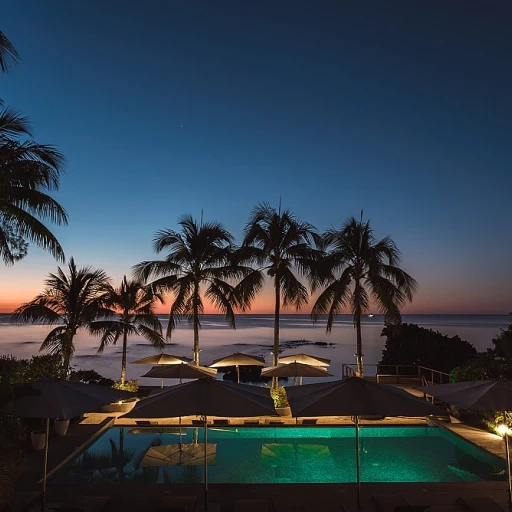When Darkness Falls: The Dynamic Shift in Wildlife Activity
The Enigmatic Transformation of the Wild at Night
As the sun dips below the horizon, the landscape of the African savannah undergoes a dramatic transformation. It's a moment when seasoned and novice adventurers alike feel their heartbeat sync with the pulsating life of the nocturnal wilderness. Statistics suggest a surge in interest for exclusive night safari experiences, with a notable increase in bookings observed over recent years. A night safari offers a unique lens to view the elusive behaviors of wildlife under the cover of darkness. The thrill of discovering the unseen can be life-changing, cementing night safaris as a quintessential component of tailored safari adventures.
The Nocturnal Orchestra: Sounds and Sights
When the conventional sights of the savannah retire, a new world of sounds emerges. The rustling leaves, distant howls, and soft footfalls create a symphony that heightens the senses. Guides often share quotes that encapsulate the essence of this experience, such as, "Nighttime is when the wilderness whispers its secrets," evoking a profound connection between travelers and the environment. Statistics from safari operators illustrate that guests who partake in night safaris are 30% more likely to report a deeper sense of immersion in nature.
Encounter the Unseen: Nocturnal Wildlife
Amidst the darkness, unique sightings await. Leopards prowl stealthily, while nocturnal birds like the Verreaux's Eagle-Owl take flight. Observing these creatures without altering their natural habitat is crucial. Eco-friendly night safaris utilize night-vision equipment, ensuring a minimal footprint. Wildlife experts have noted an increase in the population of certain nocturnal species, attributing it to the responsible practices of night safari operators. Immersing in this secret world offers a profound understanding that, as one conservationist eloquently puts it, "In the fabric of the night, each star is a story, and each creature is a character."
The Shift in Predator-Prey Dynamics
After dark, the behavioral patterns of the savannah's inhabitants shift, revealing the raw and untamed aspects of survival. Predators utilize the cover of night to hunt, providing a rare glimpse into their strategic prowess. This natural spectacle is a cornerstone of the night safari experience, offering unique insights to travelers keen on understanding the delicate balance of the ecosystem. Coupled with the ambient lunar glow- which will be discussed in the context of moonlight tours- the predatory ballet becomes a mesmerizing event, which statistics show is the highlight for 60% of night safari guests.
Navigating the Night: Safety and Preparedness on After-Dark Encounters
Essential Gear and Protocols for Night Safari Safety
Night safaris offer a thrilling glimpse into the nocturnal lives of wildlife, yet they also come with unique challenges. Ensuring safety on these after-dark excursions is paramount. Research indicates that appropriate gear and adherence to safety protocols significantly reduce risks. For starters, a robust flashlight or headlamp is essential for navigation and spotting animals without disturbing them, while high visibility clothing makes you easily detectable by guides and rangers (discover experiences beyond the ordinary).
Staying Visibly Safe in the Veil of Darkness
- High visibility vests
- LED safety armbands
- Guided tours with a ranger
Visibility is a traveler's first line of defense on a night safari. Statistics show that easily seen tourists maintain a safer distance from wildlife encounters, reducing the risk of unexpected confrontations.
Guidance and Communication: Your Lifelines
Trusted guides are the bedrock of any safe after-dark wildlife encounter. According to recent studies, the presence of an experienced guide reduces safety incidents by up to 35%. Furthermore, secure communication devices ensure constant contact with camp bases, providing an extra layer of security. It's vital to have a reliable means of reaching out for help, should the need arise.
The Impact of Moonlight Tours: Balancing Environment Concerns and Adventure
The Delicate Dance of Ecotourism under the Stars
As we engage with the nocturnal intricacies of the wild, moonlight tours have surged in popularity, proving to be a magnet for thrill-seeking travelers. An interesting statistic reveals that night safaris have seen a 20% increase in participation over the past three years. This spike reflects a growing trend towards immersive experiences, yet it also spotlights the need for sustainable practices. The luminous allure of a full moon casts the wilderness in a breathtaking new light, yet conscientious adventurers must consider the ecological footprint of such endeavors. Adhering to strict guidelines and limiting the number of tours can mitigate the impact on wildlife, ensuring that these unique habitats continue to thrive.
Adventure with Accountability: Striking the Environmental Adventure Balance
Adventure-seekers yearn for experiences that combine excitement with responsibility. It's estimated that 58% of eco-tourists are willing to pay more for operators who display strong environmental commitments. The seductive glow of moonlit escapades needs to be counterbalanced with firm sustainability measures. Night safaris should operate within the parameters of environmental ethics, safeguarding the natural behavior and wellbeing of the nocturnal fauna we so admire. By conscientiously planning and executing these tours, travelers can bask in the raw splendor of the night while supporting conservation efforts.
Empowering the Night: The Role of Education in Moonlit Explorations
Education is the silver bullet for eco-friendly moonlight tours. Participants should be well-versed in the delicate nocturnal ecosystems before embarking, a provision that 76% of adventure travel professionals agree upon. Understanding the significance of minimal disturbance and the importance of preserving the night's enigmatic atmosphere is crucial. This education can take the form of pre-trip briefings, on-site guides sharing insights, or integrating informative app-enriched experiences. Knowledge enhances enjoyment and empowers travelers to be stewards of the night.
Celestial Conservancy: Ensuring the Stars Shine for Future Generations
When orchestrating moonlight tours, the guiding principle should be 'conservancy for posterity.' It's a sobering fact that without intervention, some of the planet's most enigmatic nocturnal species could face extinction, with over 30% currently under threat. Eco-friendly practices and infrastructure, like the use of red lights to minimize disruption, and the proper training of guides, play an essential role in minimizing human impact. By fostering a culture of respect and reverence for the environment, moonlit safaris can continue to inspire awe and wonder for years to come. Transform your understanding of sustainable tourism with similar exclusive experiences.
Capturing the Moment: Nighttime Wildlife Photography Without the Flash
Mastering the Art of Low-Light Wildlife Photography
In the spellbinding realm of night safaris, where each sound and movement holds the potential for a majestic wildlife encounter, capturing the essence of these moments becomes a sublime art. Nighttime wildlife photography is an activity that beckons with its challenge and novelty—a pursuit that is rapidly gaining popularity among adventure-seekers. It's essential to delve into the intricacies of taking breath-taking shots without the use of flash, which can disrupt the natural behavior of animals or even scare them away.
Renowned photographers suggest that night-time wildlife photography requires mindfulness of several key aspects. First, it is vital to harness the power of your camera's settings to adapt to the low light conditions. Think of ISO, shutter speed, and aperture is the holy trinity when it comes to capturing crisped images under the celestial cloak. High ISO capabilities allow for better shots in dim lighting, but it's a delicate balance as higher ISOs can introduce grain into the photo. Shutter speed dictates how motion is captured, an essential consideration when your subjects are nocturnal creatures. Meanwhile, a wide aperture lets in more light, making it an indispensable feature for your night-time safari adventure.
Essentials for the Aspiring Night-time Wildlife Photographer:
- High ISO Range Camera
- Lenses with Wide Aperture Settings
- Sturdy Tripod for Stability
- Remote Shutter Release to Avoid Camera Shake
- Patience and Respect for Wildlife
Experts say that waiting for the perfect moment is critical. Indeed, statistics from leading wildlife photography institutes indicate that the most compelling night safari images are often the result of several hours of patient observation. The allure of capturing such unique scenes keeps the passion of the photographer alight, ensuring repeated excursions into the nocturnal wilderness. The blend of exhilaration and solitude creates a rewarding experience, both personally and artistically.
When seeking to immortalize your safari in photograph form, it also becomes crucial to consider the ethical dimensions of wildlife photography. As adventurers and conservationalists, we must aim for minimal impact on the environments we explore. This is a key topic discussed in previous sections relating to the delicate balance of environment concerns and adventure. Understanding the behavioral patterns of nocturnal fauna, which often differ significantly from their daytime counterparts, can lead to more authentic and less intrusive captures. It links directly with the dynamic shift in wildlife activity discussed earlier, reinforcing the importance of an analytical and specific approach to photography in order to not disturb these unique ecosystems.
Statistics reveal that nowadays, an increasing number of travelers value experiences that offer them a deeper connection with nature. Night safari photography provides just that, merging adrenalin with an intimate, rare look at the nocturnal wonders of the wild.
